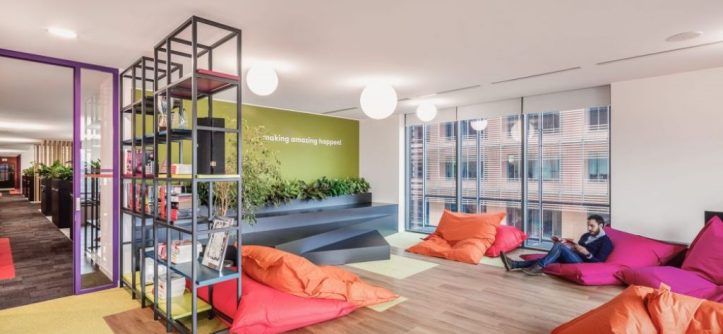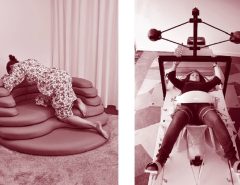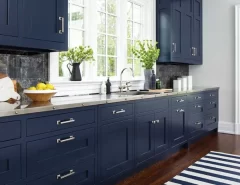Our surroundings have a profound impact on our mental state. Just like a cluttered desk can cloud your focus, a harsh and uninviting space can contribute to feelings of stress and anxiety. Conversely, a well-designed environment that prioritizes comfort and tranquility can foster a positive mood and promote mental well-being.
This article explores the link between design and mental health, offering valuable strategies for creating supportive and comfortable spaces in your home or workplace. Whether you’re an interior design enthusiast or simply seeking to improve your surroundings, these insights can empower you to design for a happier, healthier you.
Harnessing the Power of Nature
Studies have shown that incorporating elements of nature into our environments can significantly reduce stress and improve mood. Here’s how to bring the outdoors in:
- Natural Light: Maximize natural light by using skylights, large windows, and strategically placed mirrors. Natural light regulates our circadian rhythm, promoting better sleep and boosting energy levels.
- Biophilic Design: Embrace biophilic design principles by incorporating plants, natural materials like wood and stone, and calming water features.
- Views of Nature: If possible, design spaces with views of gardens, parks, or even a simple potted plant arrangement on a windowsill.
Color Psychology: Choosing a Calming Palette

Colors have a powerful psychological effect. Consider the emotional impact of different colors when choosing your palette:
- Soothing Blues and Greens: Promote feelings of calmness and tranquility. Think serene ocean hues or soft sage greens.
- Warm Neutrals: Create a sense of peace and security. Creams, beiges, and light taupes are excellent choices.
- Uplifting Accents: Introduce pops of color strategically for a touch of vibrancy. Opt for sunshine yellows or calming lavenders, depending on the desired mood.
Creating a Sense of Control
Feeling in control of your environment can significantly reduce stress. Here are some design strategies to empower this feeling:
- Adjustable Lighting: Allow for control over light levels. Dimmer switches and task lighting provide options for different activities and moods.
- Flexible Furniture: Opt for furniture that can be easily rearranged to suit different needs. This fosters a sense of adaptability and control.
- Defined Spaces: Create designated areas for work, relaxation, and social interaction. This helps maintain a sense of order and reduces cognitive overload.
Beyond Aesthetics: Practical Considerations
Transform Your Tiny Space With Interior Design Tips From Interior Design Firm Experts
While aesthetics are important, true comfort comes from functionality. Here are some practical pointers to consider:
- Storage Solutions: Ample storage helps reduce clutter, a significant contributor to stress. Built-in shelving, cabinets, and ottomans with hidden storage compartments are excellent solutions.
- Ergonomics: Ensure furniture is ergonomically designed to promote good posture and prevent discomfort. This is especially important for workspaces.
- Quality Materials: Invest in high-quality furniture and materials built for comfort and durability.
Remember, a Positive Attitude is Key!
While design plays a crucial role, it’s important to remember that a positive attitude is the ultimate key to mental well-being. Surround yourself with things that bring you joy, personalize your space with meaningful objects, and don’t be afraid to experiment to find what works best for you. By creating a comfortable and supportive environment that reflects your personality, you’re taking a proactive step towards a happier and healthier you.
Additional Tips for Design Enthusiasts:
- Consider the specific needs of the individuals using the space. Are you designing for a home, a workplace, or a healthcare facility?
- Research the latest trends in sustainable design. Eco-friendly materials and energy-efficient features can contribute to a sense of well-being.
- Stay informed about the psychology of color and the evolving science of biophilic design.
By thoughtfully incorporating these strategies, you can design environments that not only look beautiful but also nurture mental well-being and foster a positive outlook on life.




